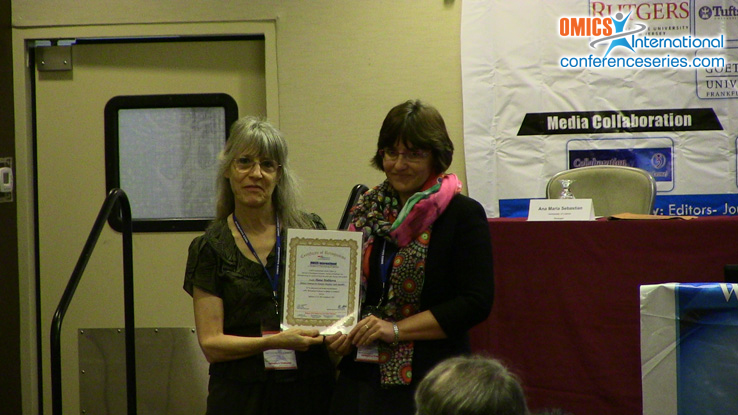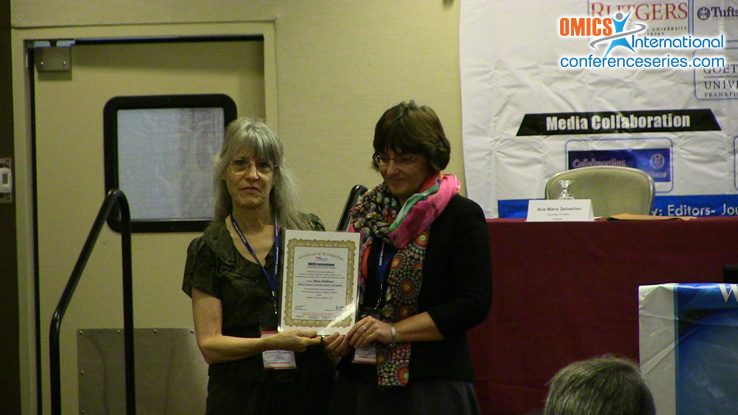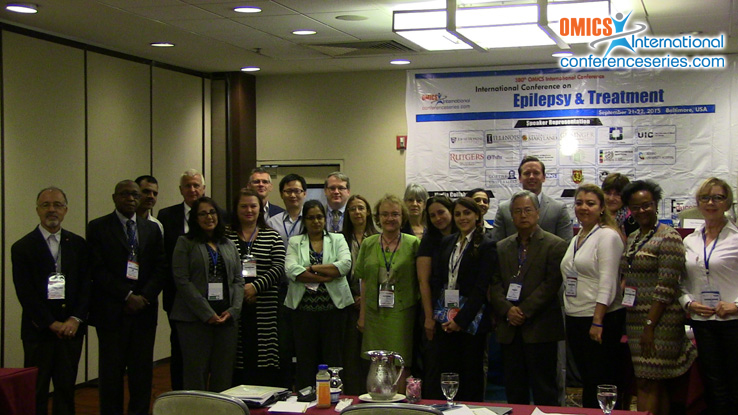
Hana Malikova
Epilepsy Centrum Na Homolce Hospital, Czech Republic
Title: Stereotactic radiofrequency amygdalohippocampectomy for the treatment of mesial Temporal Lobe Epilepsy: Clinical Seizure and Neuropsychological outcomes
Biography
Biography: Hana Malikova
Abstract
Stereotactic radiofrequency amygdalohippocampectomy (SAHE) is an alternative, minimally invasive method for the treatment of mesial temporal lobe epilepsy. We used the Leksell stereotactic system with the coordinate frame attached to the patient’s head and MRI neuronavigation. SAHE was performed from the occipital access using one trajectory and typically 2-4 thermocoagulative lesions were produced in 7-10 segments in the long axis of the amygdalohippocampal complex. SAHE is provided in our institution since 2004 and altogether 61 patients were treated by this technique; 45 patients were indicated, treated and followed-up in our institution (the others were sent only for the SAHE procedure). Patients treated in our institution reached following 5 years seizure outcome comparable with open surgery approaches: 76% of them were classified as Engel Class I, 15% of patients were classified as Engel Class II and in 9% treatment failed. Neuropsychological outcomes one year after SAHE are impressive: Memory in left sided patients remained stable, right sided patients improved in Global and Verbal memory. MRI volumetry studies confirmed partial destruction of target structures: The mean volume reduction of the hippocampus, the amygdala and entorhinal and perirhinal cortices were about 50-60%. We hypothesize that good neuropsychological results were achieved by the incomplete destruction of target structures, sparing the lateral temporal neocortex and also partially by practice effect. The explanation for good seizure outcomes may be in the occipital access of SAHE modified technique. This access enables to target the amygdalohippocampal complex in the longitudinal axis and the intrinsic hippocampal connections display the same orientation. Therefore, the functional integrity of the whole complex and their desintegration could led to the reduction of epileptic hyperactivities and their transmission to entorhinal and perirhinal cortices and to the neocortex.




